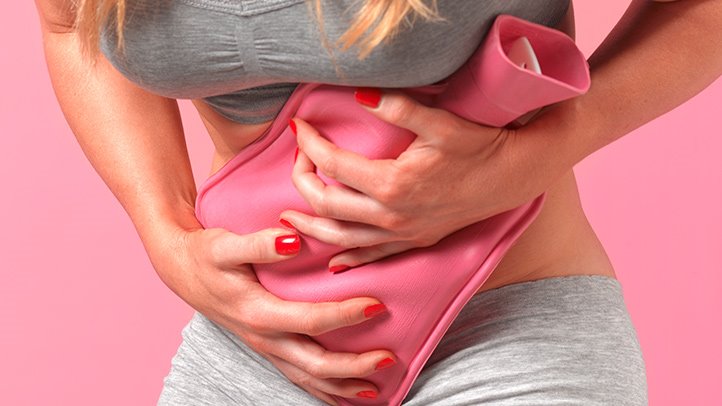Endometriosis is an unpredictable and painful disease. According to The Endometriosis Foundation of America, “An estimated 200 million women worldwide are impacted by this disease, and an estimated 1 out of 10 women suffer in the United States. However, many more women remain undiagnosed.”
Endometriosis affects a woman’s reproductive organs. This disorder occurs when the endometrium (the tissue that lines the inside of the uterus) is growing outside of the uterus. Endometriosis often occurs in the tissues lining the ovaries, fallopian tubes, and the pelvis.
Symptoms of Endometriosis
A prominent symptom of endometriosis is pelvic pain. This pain will often increase during the menstrual cycle. What would normally be subtle cramping is magnified, causing severe pain in women with endometriosis. Other symptoms include, but are not limited to:
- Painful urination or bowel movements
- Heavier bleeding during the menstrual cycle
- Nausea/vomiting
- Feeling overly fatigued
- Pain during and after intercourse
- Diarrhea/constipation
- Bloating
- And in some extreme cases, infertility
Unfortunately, there is no way of preventing endometriosis. Once an individual is diagnosed, there are ways to treat the symptoms of the disease.
Research Studies for Endometriosis
Those individuals suffering from endometriosis and not responding well to current treatment may find help participating in research or clinical studies for endometriosis. While all studies carry some risk (as do all types of treatments), they also have many advantages and can offer hope to those for whom traditional medicine is not working.
Benefits of Research Studies for Endometriosis Include:
- Access to cutting edge treatments not currently available through your primary physician
- Meticulous care and attention from some of the best doctors in the field
- Free or low-cost treatment, with most clinical trials paying for some or all of your expenses
- Contributing to medical research that may end up helping millions of others
- Taking an active role in your health and care
Ways you May be Able to Alleviate Endometriosis At Home
The symptoms of endometriosis are treatable without having to see a specialist. Some ways to treat the pain at home include:
Heat:
Cramping can be relieved by placing a heating pad over the pelvis to relax muscles. A hot bath or hot water bottle may also be used to find relief.
Massage :
While using massaging oils, the pelvis can be lightly massaged to help relax the muscle. Women reported that massaging the pelvis, back, abdomen, and sides before a menstrual cycle helped reduce discomfort. It’s not recommended to massage these areas while menstruating, and doing so may increase pain.
Over The Counter Anti-inflammatory Drugs:
Pain is often caused by inflammation. Using an OTC drug, such as Naproxen or Ibuprofen, can help lessen the discomfort caused by severe cramping.
Herbal Supplements:
Using supplements can also help reduce inflammation. Turmeric and Omega-3 can both be used to treat inflammation.
Dietary Changes:
Making dietary changes is a long term treatment. Staying away from foods that can cause inflammation will help ease the bodies reaction to the menstrual cycle. Inflammation can be lessened by avoiding dairy, caffeine, alcohol products, and foods that are high in sugar.
It’s also wise to increase the intake of foods that help fight inflammation. These include leafy green vegetables, blueberries, salmon, ginger, and chia seeds.
When to See A Doctor:
If any severe symptoms persist during or after the menstrual cycle, it would be wise to see a doctor. There is testing that can be done to diagnose an individual with endometriosis properly. A doctor will want to do a physical exam, order an ultrasound, or even perform a laparoscopy. Once diagnosed, it is easier to treat the symptoms accordingly.
In severe cases, infertility has been a result of endometriosis. Consulting with a doctor will allow for a better understanding of the severity of the disease.
Source:
The Endometriosis Foundation of America
https://www.endofound.org/endometriosis


